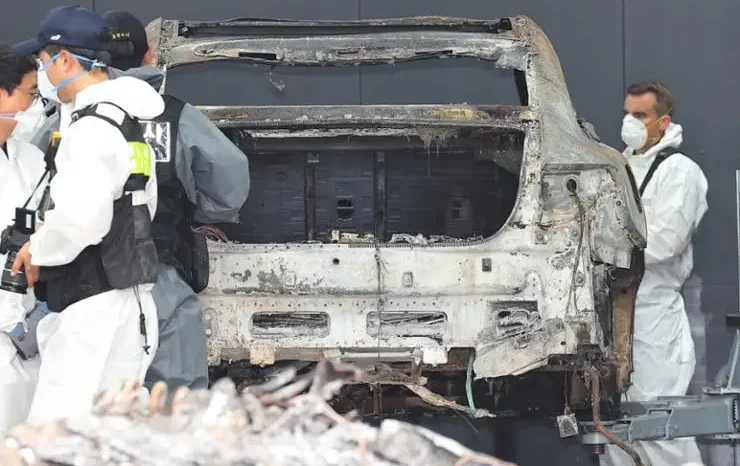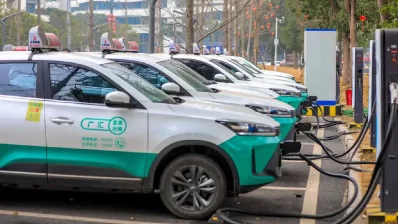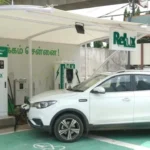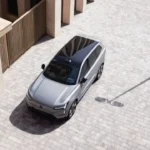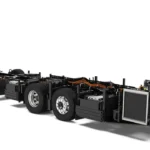Key Highlights:
- Mercedes-Benz EV fire incident raises safety concerns in South Korea.
- Automakers actively debunk EV safety myths to reassure the public.
- Seoul limits EVs with over 90% charge from underground parking garages.
- Hyundai and Kia emphasize advanced safety features in their new EV models.
Concerns over EV safety have intensified following a Mercedes-Benz EV fire incident. The parked vehicle spontaneously caught fire, destroying an underground parking garage in Incheon, South Korea, and damaging over 100 vehicles. This event has led to widespread public worries and a reassessment of EV safety measures.
Automakers Respond with Reassurance
Despite growing concerns, South Korean automakers continue with their electric vehicle (EV) launches. They are actively working to debunk misinformation about EV safety, particularly regarding safe charging techniques.
Impact on Safety Regulations
That fire incident has led experts to draw public attention to the risks that overcharged EVs can pose. As a result, safety regulators have already begun the process of adding new measures of protection. The Seoul municipal administration aims to ban EVs with charges above 90% from parking in underground parking garages of apartment buildings.
More than several municipal governments in South Korea are thinking of moving underground EV charging stations to an above-ground level. This step is in line with a larger strategy aimed at increasing safety and to avoid future accidents.
Automakers Safety Initiatives
South Korean automakers have also persisted in their EV launches even as these concerns grow. They are currently engaged in countering the myths about EV danger, especially concerning how to charge the battery safely.
Battery Safety Features
The carmakers Hyundai and Kia also stressed that battery safety is a top priority when developing EV batteries. The batteries are provided with circuits that allow the efficient and safe operation of the battery even when fully charged. The automakers also explain that the full state of charge is computed within a tested safety margin such that, even at this setting, some capacity is always left unrealized.
Local authorities’ decisions to ban EVs based on their charging capabilities are being studied by central government officials. The government, together with the ruling party, has the intention to announce a comprehensive safety plan in the second half of this month to avoid fires in EVs.
Also Read: JSW MG Motor India Christens India’s First CUV
ELCTRIK Speaks
South Korean automakers are proactively addressing EV safety concerns in light of the recent Mercedes-Benz fire incident. By debunking myths and implementing new safety measures, they aim to reassure the public and continue the push towards a safer and more widespread adoption of electric vehicles.

